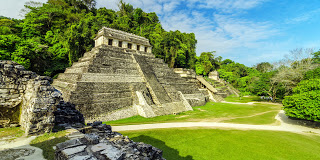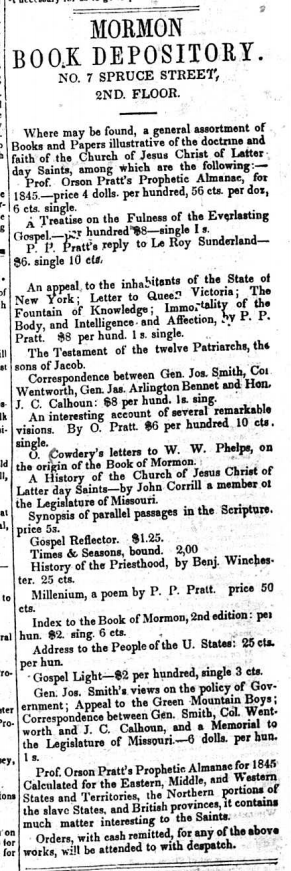Cement
 One thing is for sure: In North America (north of the Rio Grande), we don’t see cities made of stone and cement. We see construction with wood and cement. In Mesoamerica, by contrast, we see cities made of stone and cement, not wood and cement. True, Mayans built houses out of wood, and built wooden structures on top of their stone temples, but the primary construction method was stone and cement.
One thing is for sure: In North America (north of the Rio Grande), we don’t see cities made of stone and cement. We see construction with wood and cement. In Mesoamerica, by contrast, we see cities made of stone and cement, not wood and cement. True, Mayans built houses out of wood, and built wooden structures on top of their stone temples, but the primary construction method was stone and cement.Source: Book of Mormon Wars







